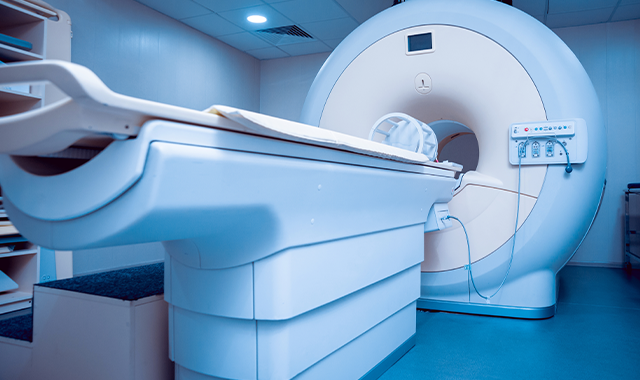What the MRI Suite Needs to Know During COVID-19
Additional steps further reduce risk of viral transmission in MRI suites.

Alongside strategies with CT and X-ray to control the transmission of the virus that causes COVID-19, radiologists should also take specific precautions when providing MRI services, industry experts have said.
In a letter published in the Journal of the American College of Radiology, investigators from the Keck School of Medicine at the University of Southern California (USC) and the David Geffen School of Medicine at the University of California at Los Angeles (UCLA) outlined specific steps geared toward the MRI suite that can reduce transmission risks.
“Radiology departments worldwide are attempting to mitigate the impacts of the COVID-19 pandemic,” said lead study author Ali Gholamrezanezhad, M.D., from USC's emergency radiology division. “There are natural concerns regarding possible airborne transmission of the coronavirus in the MR suite.”
Most MRI suites are designed with positive air pressure, a feature that forces bulk air out of the suite without allowing it to re-circulate into the room. Current guidelines, supported by the American College of Radiology (ACR), recommend at least six air changes per hour – 12 per hour for aerosol-generating procedures. In fact, one study found 12 hourly changes reduced the possibility of viral transmission by 58 percent.
Related Content: ACR Releases CT and Chest X-ray Guidance Amid COVID-19 Pandemic
But, there are more tactics that practices and departments should implement to bolster the disinfection effort with their MRI suites, the researchers said. Alongside a 60-minute aeration time and a standard disinfection protocol, providers should also consider these steps:
- Wipe down the bay and patient-contact surfaces in the suite with approved disinfectant wipes after each patient.
- Add an additional one-hour downtime after scanning any patients with suspected or confirmed COVID-19 infection.
- Close all MRI suite waiting areas to decrease the risk of airborne viral transmission.
- All department staff should adhere to personal protective equipment (PPE) guidelines at all times.
- Replace PPE after scanning patients with suspected or confirmed COVID-19 infection.
- Ensure that PPE for all personnel entering the magnet room are MRI-safe.
Study: Monitoring of Prostate MRI Exams Could Lead to 75 Percent Reduction of Gadolinium Contrast
March 17th 2025While DCE MRI was deemed helpful in over 67 percent of cases in which it was used, researchers found that monitored prostate MRI exams, which facilitated a 75 percent reduction of DCE MRI sequences, had comparable sensitivity for prostate cancer as non-monitored exams.